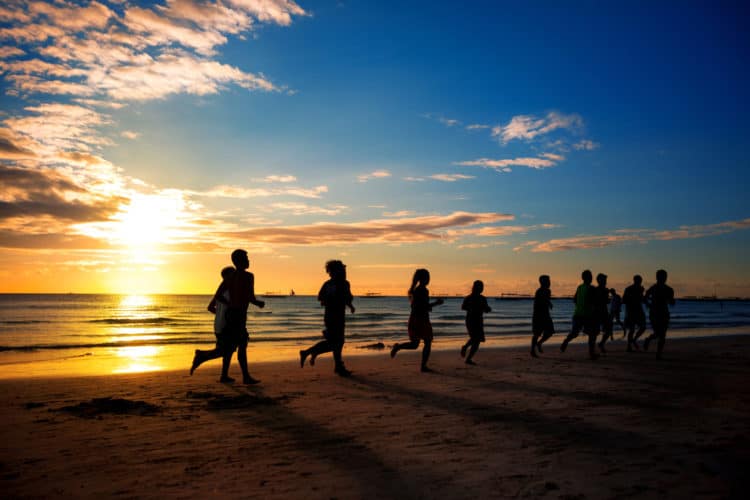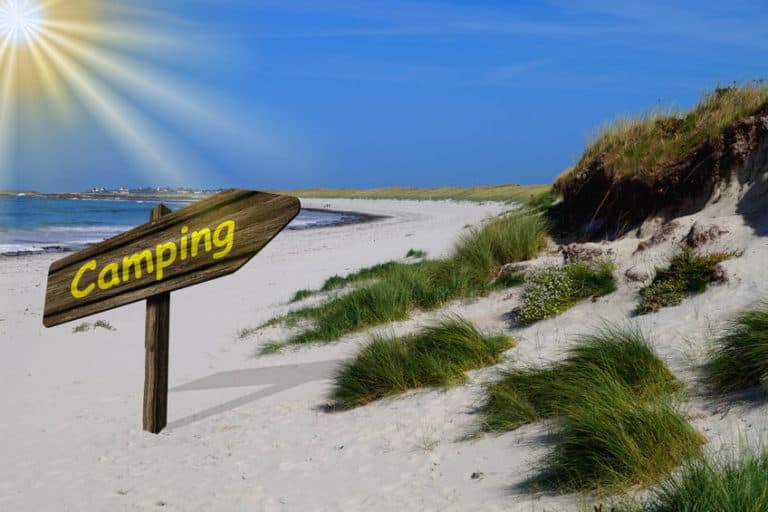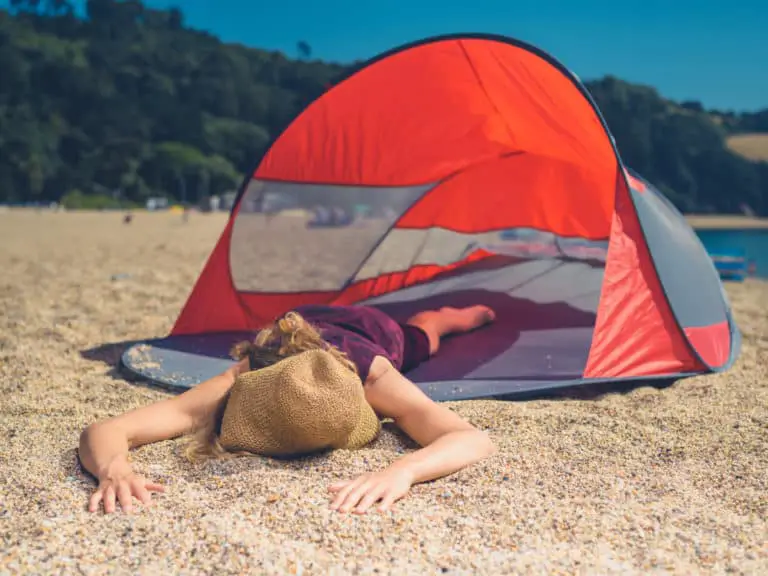How To Calculate Calories Burned Running On The Beach
You are excited about beach running to improve your fitness and increase your stamina. But need to know how to calculate exactly how many calories you burn running on the beach, you need to know how fast you run and how far.
Running on the beach is excellent for fitness, as most people know. But it is more challenging than you think and burns considerably more calories because of the resistance of the sand, especially in the soft sand of the dunes.
After reading this article, you will know:
- What the typical calorie breakdown is running on the sand for 30, 60 and 90 minutes at different paces
- The superior health benefits beach running provides
- Tips to starting a beach running routine
- Training techniques
- The benefits for running barefoot on the sand and the tradeoffs
Let’s get started!
What Is The Calorie Burn Breakdown For Running On the Beach?
All the calculations included here do not consider age, weight, stride length, or conditioning, so these are a good estimate. I used the UnderArmor Record application to derive these burn rates.
The sand running calorie burn rate was assumed running on soft dunes away from the seashore line. You can reduce the percentage of the caloric burn rate for running on packed sand.
Calories Burned – 30 Min Beach Run
| Distance | Speed | Flat Surface | Loose Sand |
|---|---|---|---|
| 1 Mile | 2 MPH | 180 | 288 |
| 1.5 Miles | 3 MPH | 225 | 322 |
| 2 Miles | 4 MPH | 322 | 515 |
| 3 Miles | 6 MPH | 631 | 1,009 |
| 4 Miles | 8 MPH | 760 | 1,216 |
| 5 Miles | 10 MPH | 950 | 1,520 |
Calories Burned – 60 Min Beach Run
| Distance | Speed | Flat Surface | Loose Sand |
|---|---|---|---|
| 2 Miles | 2 MPH | 361 | 577 |
| 3 Miles | 3 MPH | 450 | 720 |
| 4 Miles | 4 MPH | 644 | 1,030 |
| 5 Miles | 5 MPH | 1,069 | 1,710 |
| 6 Miles | 6 MPH | 1,262 | 2,019 |
| 7 Miles | 7 MPH | 1,416 | 2,265 |
| 8 Miles | 8 MPH | 1,519 | 2,430 |
Calories Burned – 90 Min Beach Run
| Distance | Speed | Flat Surface | Loose Sand |
|---|---|---|---|
| 3 Miles | 2 MPH | 541 | 865 |
| 4 Miles | 2.7 MPH | 612 | 979 |
| 5 Miles | 3.3 MPH | 779 | 1,246 |
| 6 Miles | 4 MPH | 966 | 1,545 |
| 7 Miles | 4.7 MPH | 1,436 | 2,297 |
| 8 Miles | 5.3 MPH | 1.764 | 2,822 |
| 9 Miles | 6 MPH | 1,893 | 3,028 |
| 10 Miles | 6.7 MPH | 2,022 | 3,235 |
Why Run On The Beach?
Improves Your Running Technique
Running on the beach creates new stresses on your hips, legs, and feet you don’t get from firmer surfaces.
Firstly, on soft sand, it requires pushing off with a stiffer foot rear foot. Your natural inclination is to push yourself forward with the front foot. But driving forward in soft and loose sand works better if you push off firmly from the back foot. This technique prevents some of the slippings you experience on sand.
Additionally, on firmer, packed sand you find along the seashore, you will do better by adopting mid-foot landing when using shoes for the sand.
Lastly, for barefoot running, you will need to develop running on the balls of your feet. Doing this will reduce your hips and Achilles heel strain while developing strength in your calves and stiffening your feet. Read more about running barefoot on the beach.
In all, the body works that much harder. You tend to burn 1.6 times running on sand compared to running on pavement.
Excellent Cardio Fitness Training Program
You can experience quicker results in cardiovascular fitness and strength. The natural resistance of the sand provides a jump to your peak heart rate and will add to your success and confidence.
Increases Running Strength, Stability, and Stamina
You will find running on the sand to be somewhat awkward and unstable at times. Depending on how deep the loose sand is, it will be noticeably hard to maintain your balance. You will find your hips and legs straining due to stress you don’t see on flat surfaces.
Read all about running safely on the sand for your workouts here.
You will get tired more quickly and may notice strain and cramping on the bottom of your feet.
But, don’t worry, this is natural to starting beach running. And it will give you great benefits if you stick with it.
Beach Running Training And Technique
Many runners train on hard surfaces, many with years of experience, who jump into running on the beach and follow the same principles. It is not the same thing at all and could be a significant injury risk. With some training adjustments and preparations, most runners can easily make the transition and reap the benefits of this exercise.
If your fitness plan includes core and leg strength training, then training in the sand is an excellent option for you. But, there are several things to consider before you begin running down the beach.
This video provides excellent advice on running fast through the sand and some pointers on how to use the surface in your training.
Tips To Start A Beach Running Routine
You know your body and its limitations, but you need a fresh and honest assessment for starting a new fitness routine.
Start by:
- Checking with your physician before starting any fitness program. Ask for a physical and stress test if you are over the age of 40.
- Limiting your routine to 2-3 days for the first two weeks if you start or renew a fitness program. Doing this will allow your body to adjust to the rigors of training on the sand and reducing the chances of injury. Check for soreness and fatigue.
- Remember to stretch your hips, legs, and especially your feet. Your calves and Achilles heel tendons are the most at risk and need to be part of your conditioning plan.
- Keep tabs on your heart rate by using a watch or heart rate monitor. My favorite is the Fitbit Versa which I have been using for a few years. I love all the features and friend challenges!
Decide If You Want To Run Barefoot On The Beach
Running barefoot provides many benefits to the lower body by making your legs work harder and get tired more quickly. Running shoes offer stiff support, and your feet don’t need to work so hard.
There are legitimate health concerns for running the beach barefoot. But by following the proper precautions, you can prevent injury. I cover this topic in great detail in the article “Is Beach Running Barefoot A Smart And Healthy Fitness Activity“.
In this article, we discuss wearing minimal or toe shoes to reduce the strain of running barefoot. We introduce stretches that will reduce injury. We also provide a few tips for making running more beneficial.
Summary
In this article, you learned why running on the beach can produce better results than on a smooth surface. You also now know:
- What the typical calorie breakdown is running on the sand for 30, 60 and 90 minutes at different paces
- The superior health benefits beach running provides
- Tips to starting a beach running routine
- Training techniques you can use immediately
- The benefits for running barefoot on the sand and the tradeoffs
Good luck on your fitness journey!






